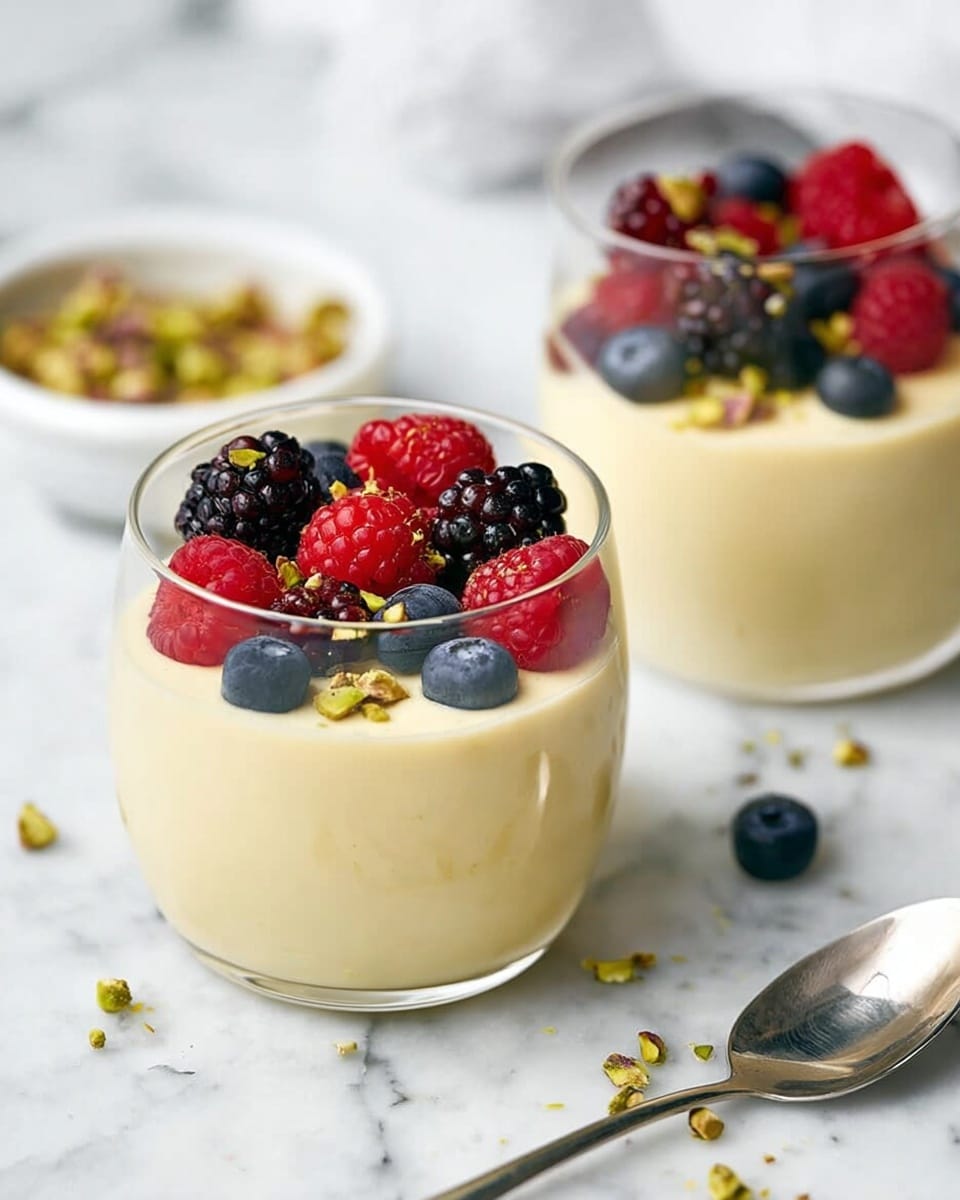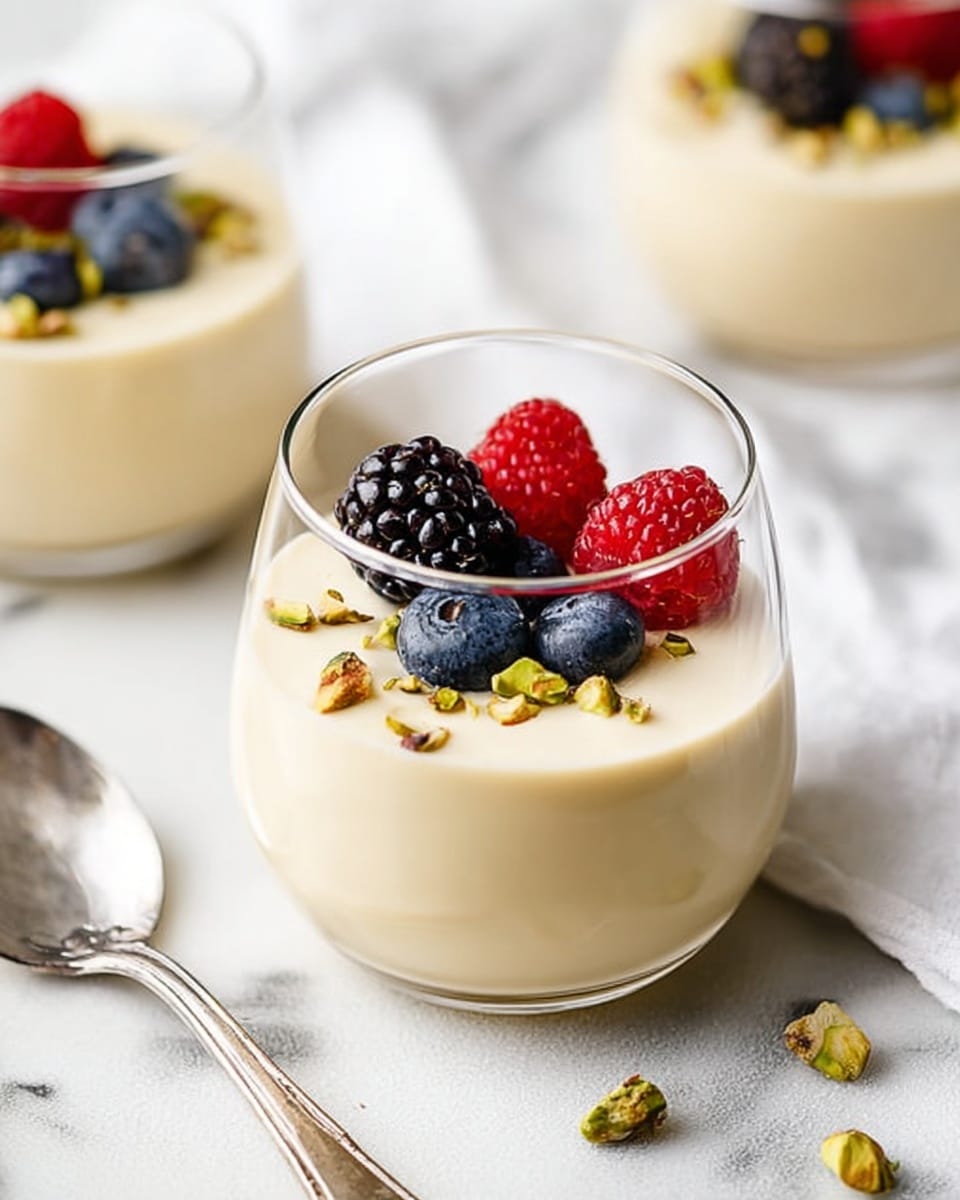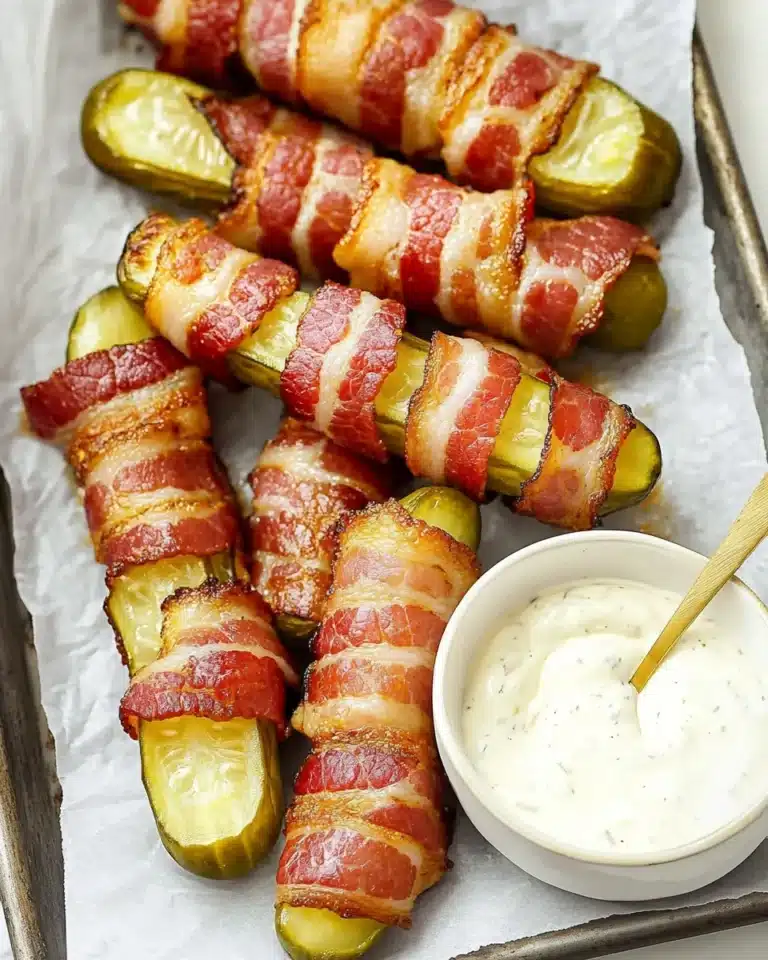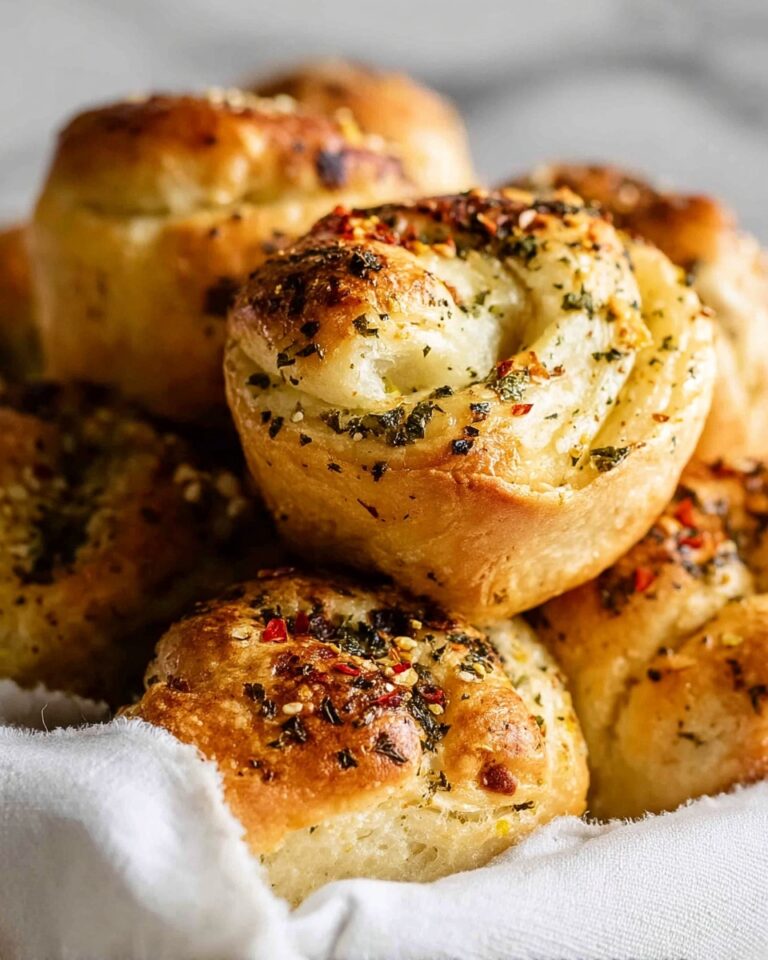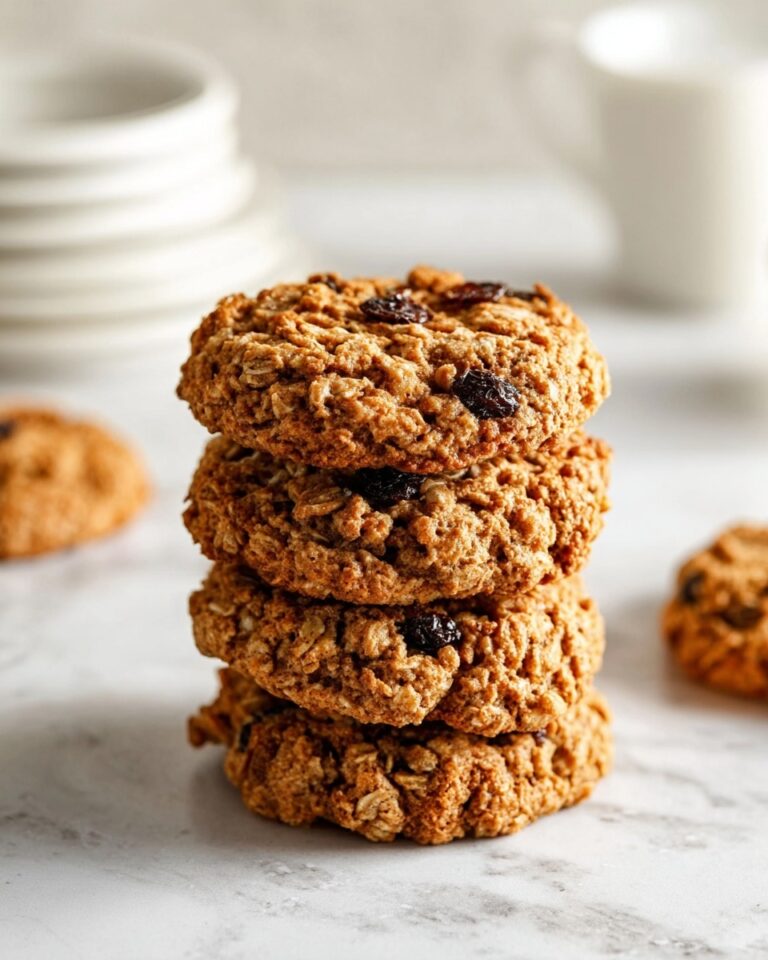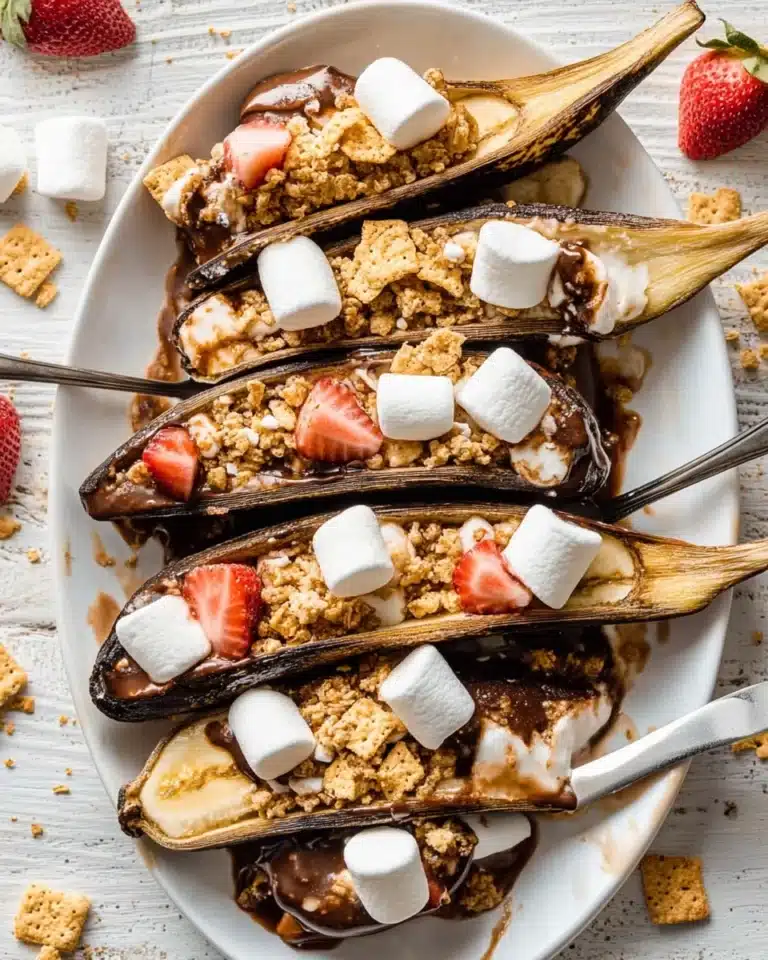If you’re looking for a classic, comforting dessert that’s as versatile as it is delicious, you’ve come to the right place. I want to share with you my Easy Custard Recipe that always feels like a warm hug in a bowl. This custard is silky, creamy, and just sweet enough—you’ll find it’s perfect on its own or as a dreamy topping for pies, cakes, or fresh fruit. Trust me, once you make it, this recipe will become your go-to for effortless, indulgent homemade custard.
Why You’ll Love This Recipe
- Simple Ingredients: You probably already have these pantry staples handy, making this custard quick and easy to whip up anytime cravings strike.
- Smooth & Creamy Texture: The way the eggs and cream come together creates a luscious custard that’s perfect for warm serving or chilling.
- Versatility: Whether you drizzle it over pies or enjoy it alone as a small pudding, this recipe fits so many occasions.
- Beginner-Friendly: No fancy techniques here—just straightforward steps that’ll help you avoid curdling and get perfect custard every time.
Ingredients You’ll Need
Each of these ingredients plays a key role in creating that delicious, rich custard texture. Using whole milk and heavy cream together keeps it light yet silky, and honey adds a natural sweetness that’s so much nicer than processed sugar.
- Heavy cream: Provides the custard’s richness and body; I always choose a fresh, high-quality cream for the best flavor.
- Whole milk: Balances the cream’s thickness and keeps the texture smooth and creamy.
- Egg yolks: These are the magic that thickens the custard; using just yolks makes the texture extra velvety.
- Honey: A natural sweetener that enhances the depth of flavor without overpowering.
- Cornstarch, arrowroot powder, or tapioca flour: Adds stability to the custard, preventing it from getting too runny—you can pick whichever you prefer.
- Vanilla extract: A splash of this classic flavoring rounds everything out perfectly.
Variations
I love playing around with this Easy Custard Recipe depending on the season or what I have on hand. It’s so forgiving and adaptable, which makes it a staple in my kitchen.
- Vanilla Bean Custard: One time, I used a real vanilla bean instead of extract — it added this incredible depth and tiny specks of vanilla seeds that made the custard feel super fancy without much extra effort.
- Chocolate Twist: Stir in a few tablespoons of good-quality cocoa powder once the custard’s done, and you’ve got an easy chocolate custard that my kids go wild for.
- Dairy-Free Option: Swap the cream and milk for coconut milk and use maple syrup instead of honey for a dairy-free twist that’s just as satisfying.
- Fruit-Infused: I sometimes steep citrus zest or fresh herbs like lavender in the cream while heating to add a subtle aroma—just strain it out before mixing with the eggs.
How to Make Easy Custard Recipe
Step 1: Heat the Cream and Milk Just Right
Start by combining the heavy cream and whole milk in a saucepan over medium heat. I like to whisk it gently now and then to keep things moving and to prevent a skin from forming. The goal here is not to boil but to get it close to simmering—watch for little bubbles around the edges. When you see those, take it off the heat immediately to avoid scorching. This step is key for infusing your custard with that rich creaminess.
Step 2: Temper the Egg Yolks Slowly
Whisk together the egg yolks, honey, cornstarch (or your chosen starch), and vanilla extract in a medium bowl. This sounds fancy, but it’s a simple mixture that forms the custard’s base. Here’s the trick: now, pour half of your hot cream mixture into the egg yolks gradually, whisking constantly. Why? Because this tempers the eggs and keeps them from turning into scrambled eggs! I learned this step the hard way—it really makes a difference in smoothness.
Step 3: Cook the Custard Over Low Heat
Once tempered, pour the egg mixture back into your saucepan and cook it over medium-low heat. Stir continuously for 1 to 3 minutes, until you see the custard thickening slightly. You’ll know it’s ready when it coats the back of a spoon but still has a gentle wobble. If it gets too hot or you stop stirring, you risk curdling—so keep an eye on it and patience is your best friend here.
Step 4: Serve It Warm or Chill to Set
I love how flexible the serving options are. Serve the custard warm as a luxurious drizzle on cakes or pies, or chill it for a few hours to enjoy as a smooth pudding. If you chill it, I recommend placing plastic wrap directly on the surface to prevent that annoying skin from forming—trust me, that little trick saves frustration every time.
Pro Tips for Making Easy Custard Recipe
- Gentle Heat Control: Always keep your heat medium-low when cooking the custard to avoid curdling; patience is key!
- Constant Whisking: Stir or whisk continuously while cooking to ensure even thickening and to prevent lumps.
- Use Fresh Eggs: Fresh egg yolks give the richest flavor and best texture—give your eggs a sniff before you start.
- Prevent Skin Formation: Always cover the custard surface with plastic wrap if chilling to avoid that pesky skin.
How to Serve Easy Custard Recipe
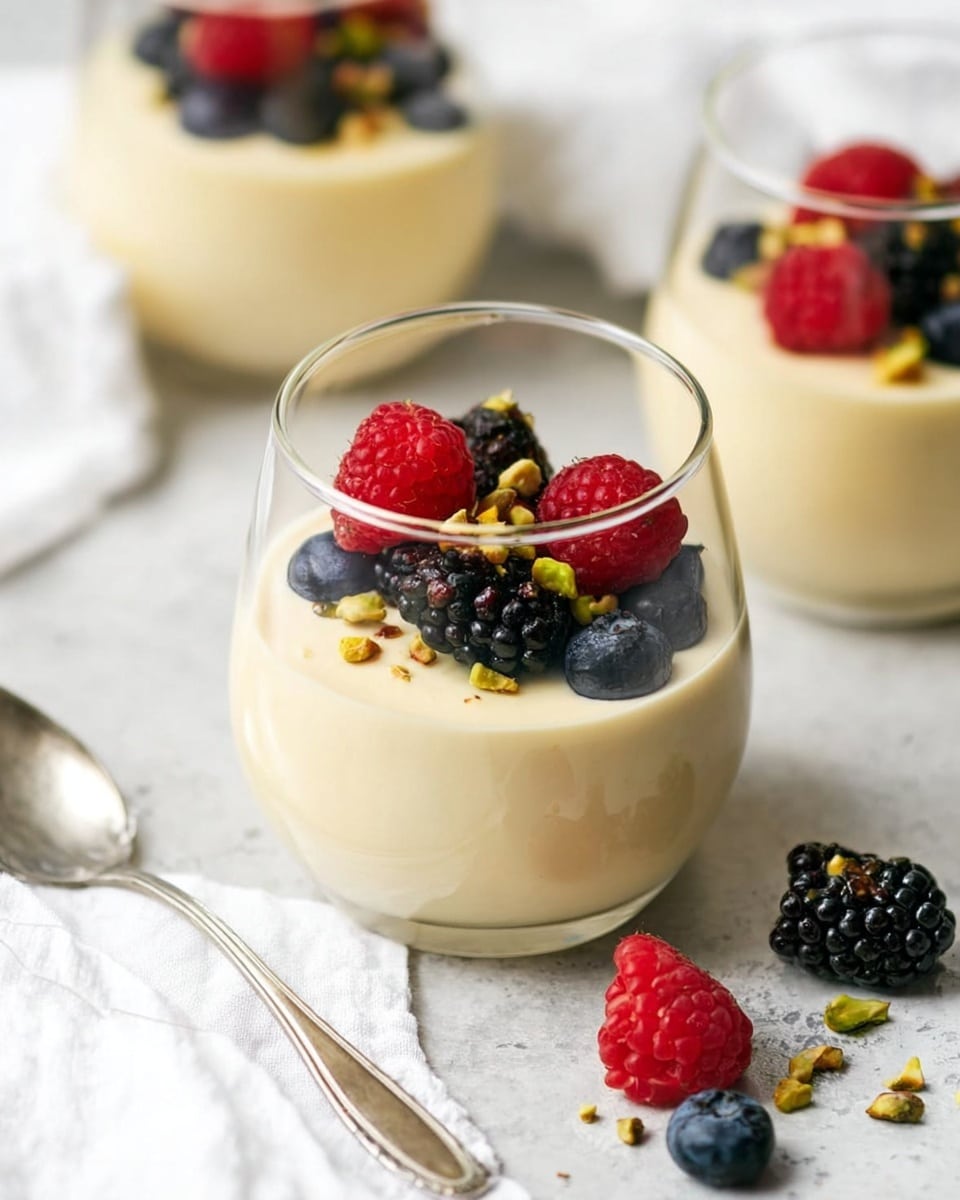
Garnishes
I personally adore sprinkling a little freshly grated nutmeg or cinnamon on top when serving warm—it adds a cozy spice that complements the custard’s sweetness beautifully. Sometimes, a few sliced fresh berries or a mint leaf go on top, which brightens up each bite and adds a fresh pop of color.
Side Dishes
This custard pairs so well with fruit pies, like apple or cherry, and it’s a fantastic accompaniment to rich chocolate or coffee cakes. I also like serving it alongside poached pears or even drizzled over pancakes for a special weekend breakfast treat.
Creative Ways to Present
For holidays or dinner parties, I’ve served this custard in small glasses layered with fruit compote or crumbled cookies for a parfait twist. Another favorite is to gently fold in whipped cream for a lighter, mousse-like texture—people always ask for that version again!
Make Ahead and Storage
Storing Leftovers
Leftover custard keeps beautifully in the fridge for up to 3 days. I always store it in an airtight container with plastic wrap pressed directly on the surface to keep that skin from forming. When you’re ready, just give it a gentle stir before serving again.
Freezing
I’ve tried freezing custard a few times, and while it’s possible, the texture can change a bit after thawing—sometimes getting a little grainy. If you want to freeze it, pour the custard into small containers and thaw slowly in the fridge overnight, then whisk it well before serving.
Reheating
If you’re reheating chilled custard, do it gently over low heat on the stove, whisking constantly to bring it back to a creamy consistency. Microwaving tends to cook it unevenly, so I avoid that. Reheating slowly makes it taste freshly made again.
FAQs
-
Can I use sugar instead of honey in this Easy Custard Recipe?
Yes, you can substitute honey with granulated sugar or even maple syrup. Keep in mind honey adds a subtle floral flavor and moisture, so if using sugar, taste and adjust sweetness accordingly. Dissolving the sugar in the warm milk before combining with eggs helps it incorporate smoothly.
-
What causes custard to curdle, and how do I prevent it?
Custard curdles when the eggs cook too quickly at high heat or when hot milk is added too fast to raw eggs. To prevent this, temper your eggs by slowly whisking in warm milk, and cook the custard over low heat while stirring constantly. Patience is your best defense against curdling.
-
Can I make this custard vegan?
This particular recipe relies on eggs and dairy for its creamy and thick texture, so for a vegan version, you’d need to use plant-based milks and an egg substitute like silken tofu or cornstarch blends. The texture will be different but still tasty! Consider trying a vegan custard recipe specifically designed for those ingredients.
-
How long does homemade custard last in the fridge?
Homemade custard typically lasts about 3 days when stored properly in an airtight container with plastic wrap pressed onto the surface. Always smell and check the texture before consuming; if it smells off or has separated, it’s best to discard.
Final Thoughts
I absolutely love how this Easy Custard Recipe turns out every single time—it’s become one of my favorite comfort foods and the easiest way to add a touch of homemade magic to a dessert. When I first tried tempering eggs slowly, I was amazed at the silky smooth texture that just melts in your mouth. If you’re new to making custard, don’t worry—it’s forgiving and enjoyable, and you’ll feel so accomplished when you serve this to friends or family. Give it a try; I promise it will become a cherished recipe in your kitchen too!
Print
Easy Custard Recipe
- Prep Time: 5 minutes
- Cook Time: 15 minutes
- Total Time: 4 hours 20 minutes
- Yield: 4 servings
- Category: Dessert
- Method: Stovetop
- Cuisine: Western
- Diet: Gluten Free
Description
This easy custard recipe creates a smooth, creamy dessert perfect for drizzling over cakes, pies, or enjoying chilled on its own. Made with rich heavy cream, whole milk, egg yolks, honey, and vanilla, it’s gently cooked on the stovetop until slightly thickened. With simple pantry ingredients and straightforward steps, it’s a reliable go-to custard for home cooks wanting a luscious, versatile treat.
Ingredients
Custard Base
- 1 cup heavy cream
- 1 cup whole milk
- 5 large egg yolks
- 2 tablespoons honey
- 2 teaspoons cornstarch, arrowroot powder, or tapioca flour
- 1 teaspoon vanilla extract
Instructions
- Heat the cream: Add the heavy cream and milk to a saucepan over medium heat. Whisk occasionally and heat until it just starts to simmer, with bubbles forming along the edges. Then remove the saucepan from the heat to prevent boiling.
- Temper the eggs: In a medium bowl, whisk together the egg yolks, honey, your choice of thickener (cornstarch, arrowroot, or tapioca), and vanilla extract. Slowly pour half of the hot cream mixture into the egg mixture while whisking continuously to gradually raise the temperature and prevent curdling of the eggs.
- Combine and thicken: Return the tempered egg mixture back into the saucepan with the remaining cream. Stir continuously over medium-low heat for 1 to 3 minutes until the custard thickens slightly. Be careful not to let the mixture boil to avoid scrambling the eggs. The custard will continue to thicken as it cools.
- Serve or chill: Serve the custard warm as a drizzle over desserts like cakes or pies, or chill it chilled. If chilling, transfer the custard to a bowl and cover the surface directly with plastic wrap to prevent a skin from forming. Refrigerate for at least 4 hours or overnight before serving in individual glasses.
Notes
- Use gentle, continuous whisking to avoid curdling the egg yolks during tempering.
- Covering the custard directly with plastic wrap while chilling prevents an undesirable skin from forming.
- Serving size affects yield: small pudding servings (4-5 ounces) serve 4 people, larger portions serve 2.
- The custard can be served warm or chilled depending on your preference or the dessert pairing.
Nutrition
- Serving Size: 1/4 of recipe (about 4-5 ounces)
- Calories: 280
- Sugar: 10g
- Sodium: 45mg
- Fat: 23g
- Saturated Fat: 14g
- Unsaturated Fat: 8g
- Trans Fat: 0.4g
- Carbohydrates: 10g
- Fiber: 0g
- Protein: 5g
- Cholesterol: 215mg

